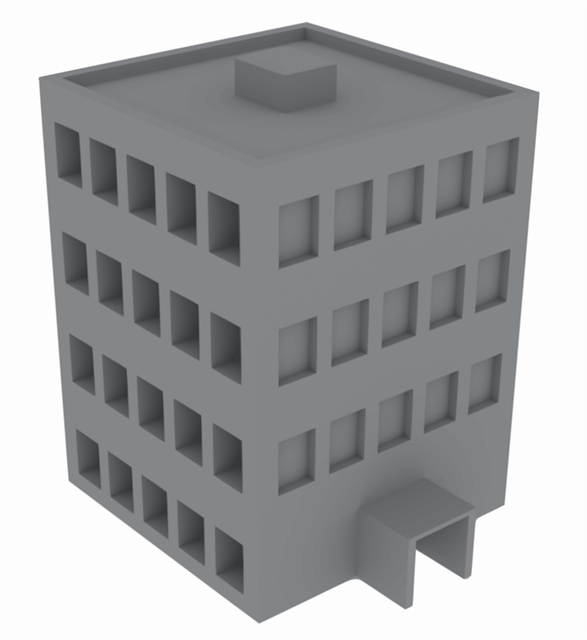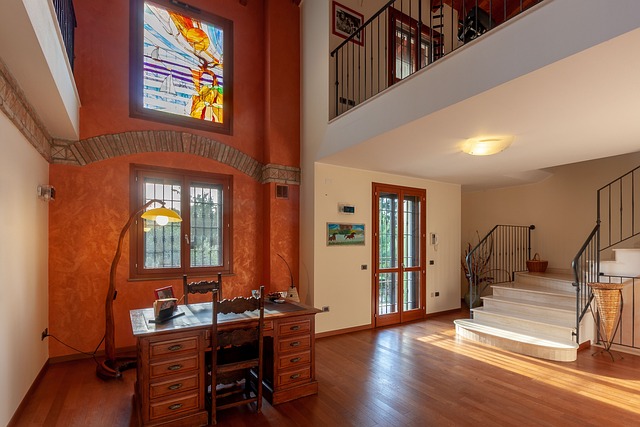The modern workplace is shifting towards shared coworking spaces, driven by changing employee expectations and remote work trends. This real estate trend offers flexibility, community, and cost-effectiveness to freelancers, startups, and entrepreneurs, redefining traditional office environments as vibrant hubs of collaboration and innovation. Developers are transforming vacant spaces into coworking communities, integrating networking and event facilities to attract diverse professionals and promote sustainable urban development. Shared coworking spaces are reshaping both the business landscape and real estate market, providing cost-effective solutions for startups and small businesses while maximizing occupancy rates for developers.
Shared coworking spaces are gaining significant traction, reshaping both workplace trends and urban landscapes. This shift towards collaborative environments reflects a growing need for flexible, cost-effective solutions in the modern business landscape. In this article, we explore how shared coworking spaces are revolutionizing real estate markets by offering benefits to businesses and landlords alike. Discover how these dynamic spaces are transforming traditional office dynamics and urban communities, leveraging the latest real estate trends.
Shifting Workplace Trends: The Rise of Shared Spaces

The modern workplace is undergoing a significant transformation, and one of the most notable trends is the rise of shared coworking spaces. This shift away from traditional private offices is driven by evolving employee expectations and a new generation of remote workers who prioritize flexibility, community, and cost-effective solutions. Real estate professionals are taking notice as these dynamic spaces redefine how we work and interact in professional settings.
Shared workspaces offer a modern alternative, catering to freelancers, entrepreneurs, and startups who seek a sense of belonging and collaboration. The rise of remote work has further accelerated this trend, as businesses and individuals alike seek affordable options that foster productivity and innovation without the constraints of a permanent physical footprint. This new era in real estate is not just about renting out desks; it’s about cultivating vibrant communities and nurturing the creative potential of diverse professionals.
Real Estate Revolution: Transforming Urban Landscapes

The rise of shared coworking spaces is ushering in a real estate revolution, transforming urban landscapes into dynamic hubs of collaboration and creativity. Traditional office spaces are being reimagined as flexible, communal environments that cater to a diverse range of workers, from freelancers to startups. This shift is driven by the need for cost-effective solutions and a desire for more interactive, inspiring work settings.
Real estate developers and urban planners are responding by converting old industrial buildings, retail spaces, and even vacant lots into vibrant coworking communities. These reimagined spaces offer not just desks and high-speed internet but also networking opportunities, event spaces, and a sense of community that fosters innovation and productivity. The rise of shared workspaces reflects a broader trend towards more sustainable and inclusive urban development.
Cost-Effective Solutions: Benefits for Businesses and Real Estate Market

Shared coworking spaces are not just a trend but a growing reality, offering cost-effective solutions that benefit both businesses and the real estate market. For startups and small businesses, these spaces provide an affordable alternative to traditional office leases. By sharing common areas, amenities, and infrastructure, companies can significantly reduce overhead costs while gaining access to professional environments and networking opportunities.
Moreover, real estate developers are increasingly recognizing the potential of coworking spaces in diversifying their portfolios. Instead of relying solely on commercial leasing or selling properties, developers are integrating coworking facilities into their buildings, catering to the needs of remote workers, freelancers, and digital nomads. This strategy not only maximizes occupancy rates but also adds value to properties by appealing to a broader range of tenants within the dynamic real estate market.






